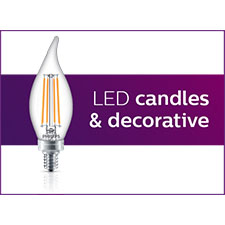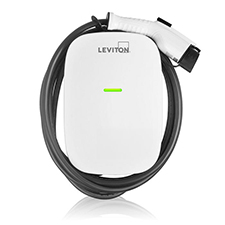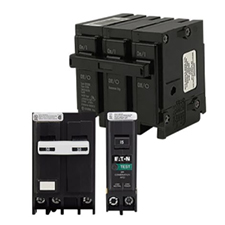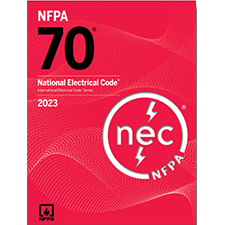Signify
From Theory to Application: Understanding and Implementing Color Temperature and CRI in Lighting Design
Maintaining proper lighting levels, color temperature, and Color Rendering Index (CRI) is crucial for various applications. Color temperature affects the ambiance, while CRI determines color accuracy. LEDs offer flexibility in color temperature, have a high CRI, produce less heat, and are energy-efficient compared to incandescent lamps.
TCP Lighting
Understanding the Economics in LED Replacement Projects
A University of Michigan study found that while LED lighting options outperform fluorescents, factors like installation, upfront costs, and long-term savings vary. Retrofit decisions should balance energy savings, maintenance, and lifecycle costs.
Leviton Manufacturing Company
Powering Your New EV: Electricians Guide Buyers Through Charging Options
Electrical contractors will play a role in EV purchasing as buyers consider charging options. Charger amperage and vehicle acceptance rate matter. Adapters ensure compatibility between charging port styles, so buyers needn't worry about future purchases.
Eaton
Increase Revenue and Build Trust with Electrical Home Inspection Services
Home electrical inspections ensure safety, code compliance, and efficiency. They are crucial during renovations and home sales. Regular inspections prevent hazards and increase property value. Offering this service positions electricians as trusted advisors.
IndustrySmarts, Inc
Staying "Current" With the NEC (National Electrical Code)
The National Electrical Code (NEC) is a critical standard for safe electrical installation in the U.S. Staying compliant with the NEC can be challenging, but proactive strategies can help professionals and organizations navigate these challenges, and ensure safety.
Acuity Brands Lighting
Cutting-Edge Recessed Lighting: Integrating LEDs, Apps, and Audio
Recessed downlights have evolved from simple fixtures to high-tech marvels. LED technology has revolutionized the game, enabling slim profiles, integrated lighting elements, and unparalleled controllability.











